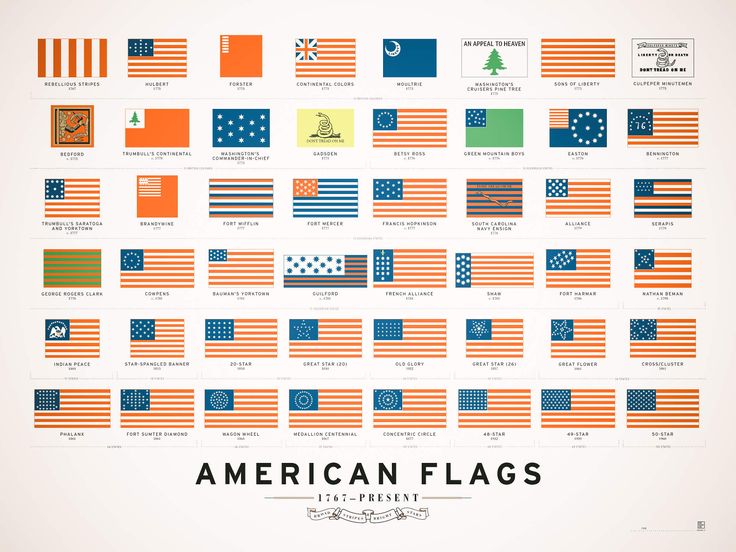
The Star-Spangled Banner: A Symbol of American History and Unity
The American flag, known as the Star-Spangled Banner, has been the official flag of the United States since June 14, 1777. It is a symbol of American patriotism, unity, and the values that have shaped the nation throughout its history.
Origins: The First "Stars and Stripes"
The origins of the American flag can be traced back to the early days of the American Revolution. In 1775, the Continental Army adopted a blue flag with 13 white stripes, representing the 13 original colonies. However, this flag was not widely recognized as the official flag of the United States.
In 1776, the Continental Congress appointed a committee to design a new flag. The committee was led by George Washington, George Ross, and Robert Morris. After several months of deliberation, they presented a design for a new flag that featured 13 red and white stripes and 13 white stars on a blue field.
The first American flag was sewn by Betsy Ross, a seamstress from Philadelphia. On June 14, 1777, the Continental Congress adopted the new flag as the official flag of the United States.
Evolution of the Star-Spangled Banner
Over the years, the American flag has undergone several changes. In 1818, the number of stars on the flag was increased to 20 to represent the 20 states in the Union. As new states were added to the Union, stars were added to the flag.
In 1960, the 50-star flag was adopted, which remains the official flag of the United States today.
Historical Significance
The American flag has played a significant role in American history. It has been flown over battlefields, flown atop government buildings, and displayed at countless patriotic events.
During the War of 1812, the American flag flew over the Battle of Baltimore and inspired Francis Scott Key to write "The Star-Spangled Banner," which later became the national anthem of the United States.
During the Civil War, the American flag became a symbol of unity and patriotism for both the North and South. After the war, the flag was once again a symbol of reconciliation and healing.
Symbolism of the Star-Spangled Banner
The American flag is a powerful symbol of American ideals and values. The 13 stripes represent the original 13 colonies and the 50 stars represent the 50 states that make up the United States. The red stripes symbolize valor and sacrifice, the white stripes symbolize purity and innocence, and the blue field symbolizes vigilance, perseverance, and justice.
The stars and stripes are arranged in an alternating pattern, which represents the equality of all states in the Union. The stars are arranged in rows of four to represent the Four Freedoms: freedom of speech, freedom of religion, freedom from want, and freedom from fear.
Cultural Impact
The American flag has had a profound impact on American culture. It is displayed at public buildings, schools, and businesses across the nation. The flag is also used in a variety of patriotic songs, poems, and works of art.
The American flag is a symbol of national pride and unity. It is a reminder of the sacrifices that have been made to secure the freedoms that Americans enjoy today.
Frequently Asked Questions (FAQs)
Q: Who designed the first American flag?
A: The first American flag was designed by a committee led by George Washington, George Ross, and Robert Morris.
Q: When was the American flag officially adopted?
A: The American flag was officially adopted by the Continental Congress on June 14, 1777.
Q: How many stars are on the American flag?
A: The American flag has 50 stars, representing the 50 states in the Union.
Q: What do the colors of the American flag represent?
A: The red stripes symbolize valor and sacrifice, the white stripes symbolize purity and innocence, and the blue field symbolizes vigilance, perseverance, and justice.
Q: How should the American flag be displayed?
A: The American flag should be displayed in a dignified manner, according to the U.S. Flag Code. It should be flown from a staff at the peak or above the other flags if displayed with other flags.
References





